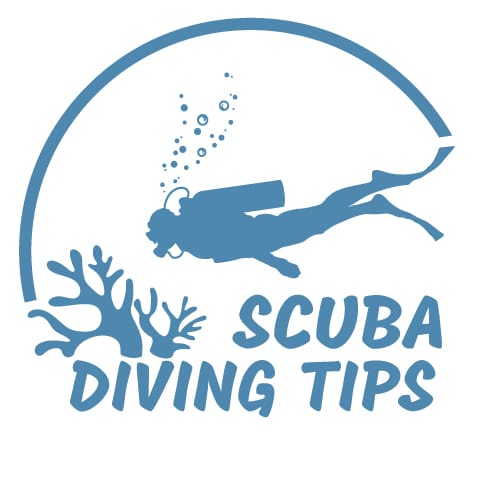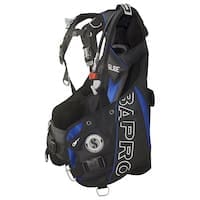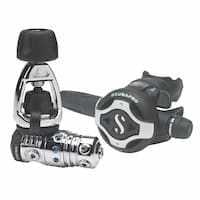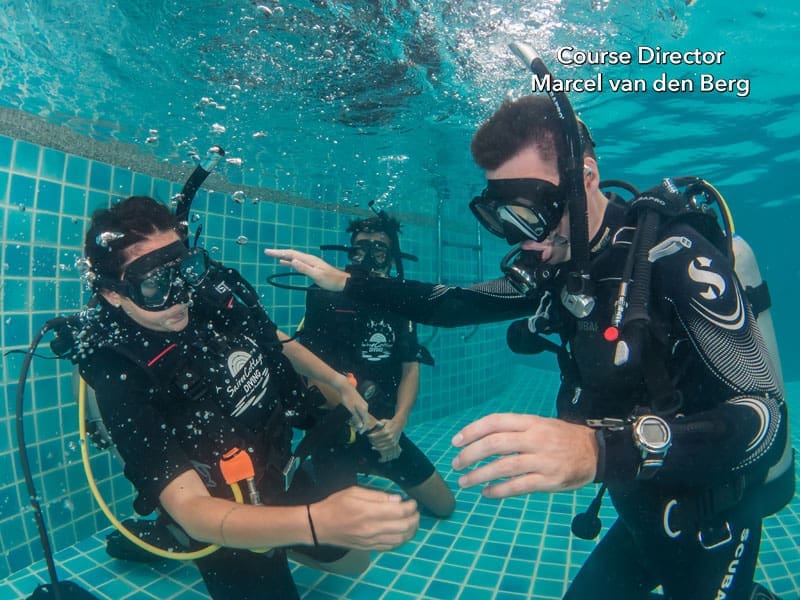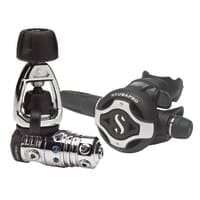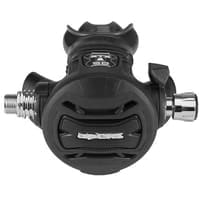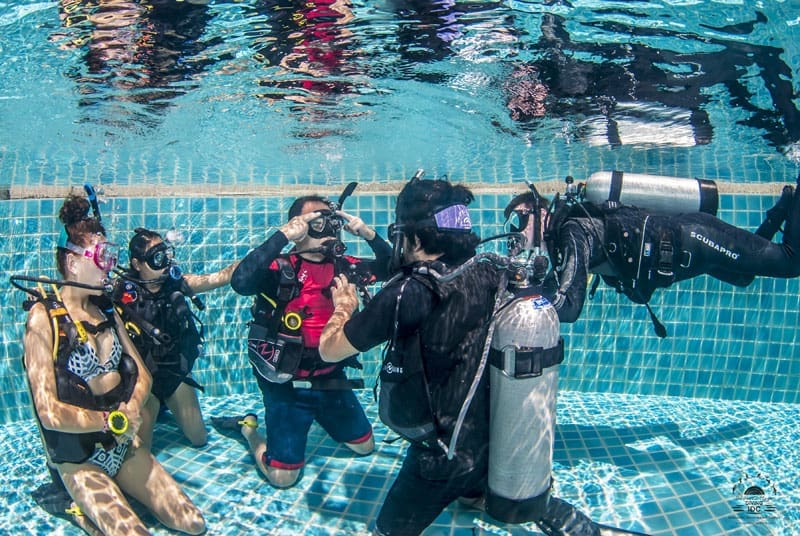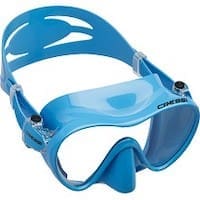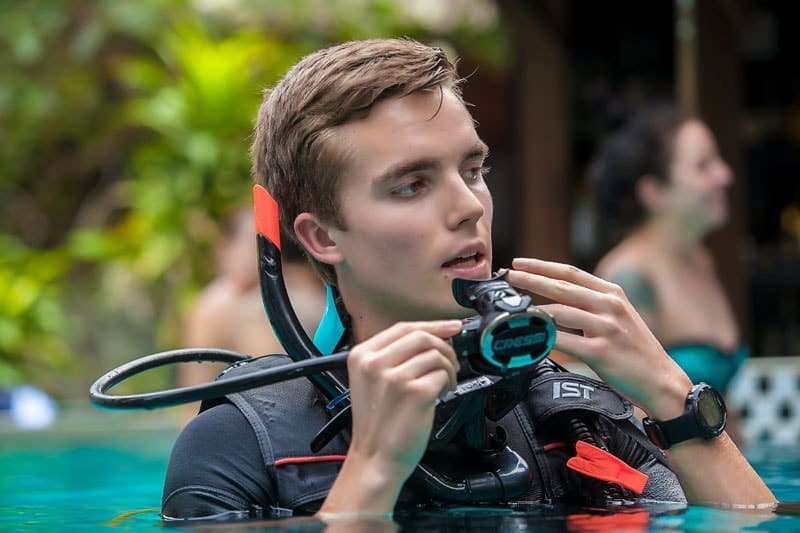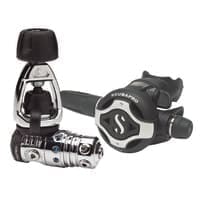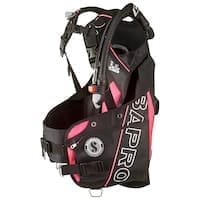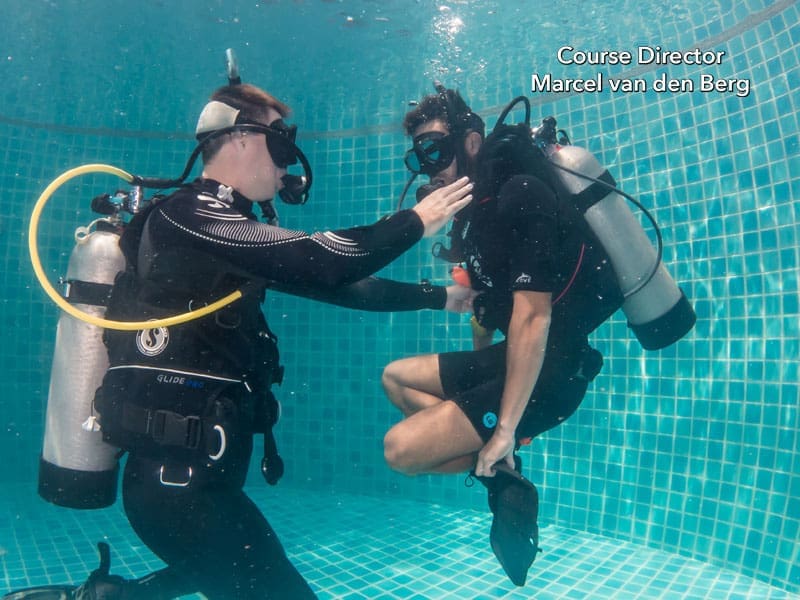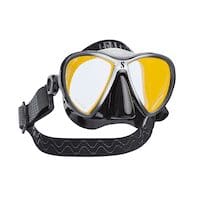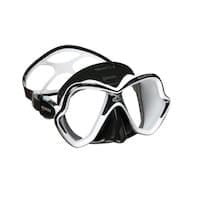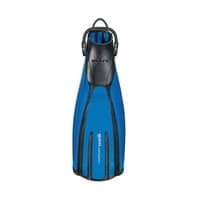The PADI CESA skill in the PADI Open Water Diver Course is one of the most important scuba skills to perform correctly and safely. Many people overthink the PADI CESA Skill. Still, in the end, it can be performed easily and safely by just following a few easy steps.
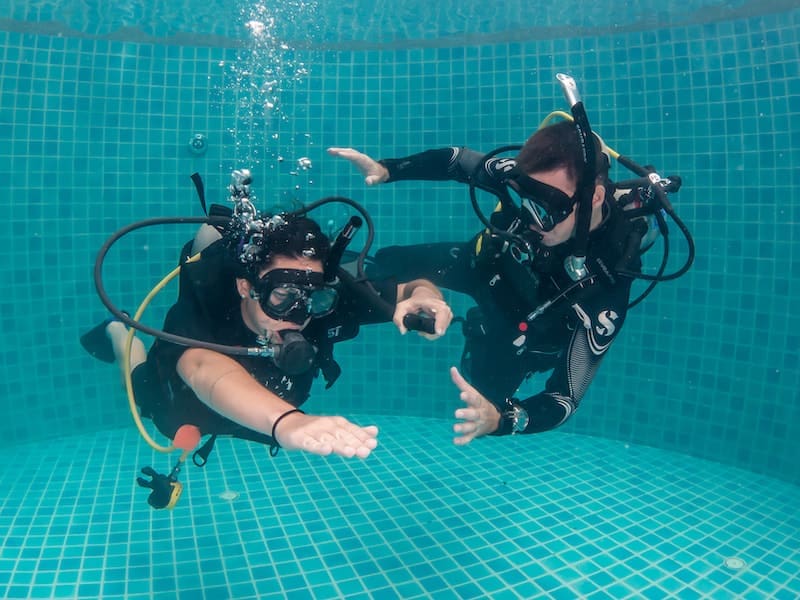
Why do we practice the CESA – Controlled Emergency Swimming Ascent?
The reason why we practice the PADI CESA Skill for real life is that in the unlikely event you run out of air as a Scuba Diver and your dive buddy is too far away, you can still make a safe ascent to the surface.
When do we practice the PADI CESA Skill?
You need to complete the PADI CESA Skill twice during the PADI Open Water Diver Course. Once during Confined Water Dive 3 and as a flexible skill during Open Water Dive 2 or 3 or 4 of the PADI Open Water Course.
During Open Water Dive 2 or 3 or 4 we perform the PADI CESA vertically from 6 to 9 meters to the surface. Before we practice the PADI CESA Skill vertically in the Open Water we like to practice it first horizontally in confined water for at least 9 meters, just to be sure we are ready for the open water.
Confined open water is a swimming pool or open water site that offers swimming-pool-like conditions with respect to clarity, calmness, and depth.
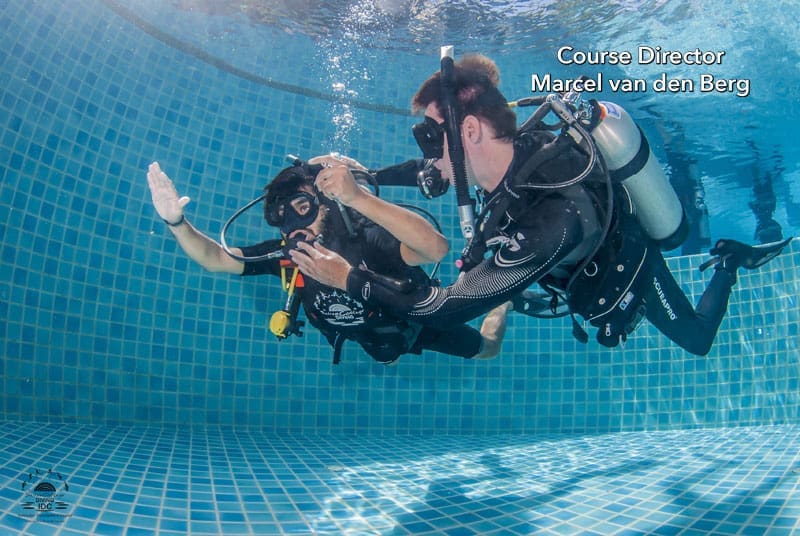
How to perform the PADI CESA Skill in Confined Water
1. Start by being neutrally buoyant, simulate the ascent position, with your right above your head and your left hand on the deflator button
2. Take a couple of deep breaths
3. Whenever you are ready, take a final breath in and start swimming slowly while exhaling continuously by making an aaaaaaaaaaah sound
4. Keep swimming slowly with-out touching the bottom or the surface
5. Keep exhaling making that continuous sound
6. Swim for at least 9 meters until the CESA is FinishedIn this video, we show how to do the CESA correctly in a swimming pool during confined dive 3 of the PADI Open Water Diver Course. We show this from a perfect diving student level:
Please SUBSCRIBE to our Scuba Diving Tips YouTube Channel
The CESA is part of Confined Water Dive 3, and the Performance Requirement / Objective from the PADI Instructor Manual is:
Simulate a controlled emergency swimming ascent by swimming horizontally for at least 9 metres/30 feet while emitting a continuous sound.
If you are a PADI Dive Instructor and you want to teach this Skill then check out this article we wrote on How To Teach The PADI CESA – Controlled Emergency Swimming Ascent Skill.
Dive Equipment for the CESA
Great dive equipment to have for the PADI CESA Skill is a good scuba regulator, BCD and Fins. Have a look at the items below as they are some of the best dive gear to have:

MK25 Regulator – Scuba Pro
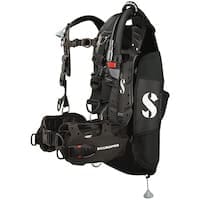
Hydros BCD – Scuba Pro
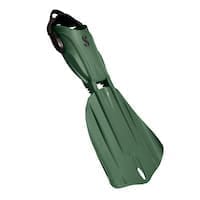
Seawing Fins – Scuba Pro
Frequently Asked Questions About the PADI Controlled Emergency Swimming Ascent (CESA)
What is the PADI Controlled Emergency Swimming Ascent (CESA)?
The Controlled Emergency Swimming Ascent (CESA) is a critical scuba diving skill taught in the PADI Open Water Diver course. It is designed for situations where a diver runs out of air and cannot access an alternate air source. The CESA enables a diver to ascend safely to the surface while continuously exhaling, thereby preventing lung over-expansion injuries.
When is the CESA performed during PADI training?
In the PADI Open Water Diver course, the CESA is practiced in both confined water and open water settings. Initially, students perform a horizontal CESA in confined water, swimming at least 9 meters (30 feet) while exhaling continuously. Subsequently, during Open Water Dive 2, 3, or 4, students execute a vertical CESA from a depth of 6 to 9 meters (20 to 30 feet) to the surface.
What are the steps to perform a CESA?
- Start Neutrally Buoyant: Begin in a neutrally buoyant state at the designated depth.
- Positioning: Place your right hand over your head to protect it and your left hand on your BCD’s deflator button.
- Final Breath: Take a deep breath and remove your regulator from your mouth.
- Ascent: Swim slowly towards the surface, exhaling continuously by making an “ahhh” sound to ensure a steady release of air.
- Maintain Control: Keep your ascent rate within safe limits, not exceeding 18 meters (60 feet) per minute.
- Surface Actions: Upon reaching the surface, inflate your BCD orally to establish positive buoyancy.
Why is continuous exhalation important during a CESA?
Continuous exhalation during ascent prevents lung over-expansion injuries. As a diver ascends, the ambient pressure decreases, causing the air in the lungs to expand. Exhaling continuously allows this expanding air to escape safely, reducing the risk of pulmonary barotrauma.
What equipment is recommended for practicing the CESA?
For effective practice of the CESA, it’s advisable to use reliable scuba gear, including a well-maintained regulator, a buoyancy control device (BCD), and appropriate fins. High-quality equipment ensures safety and comfort during training exercises.
Next Skill: Hover Orally Inflate for 1 Minute
